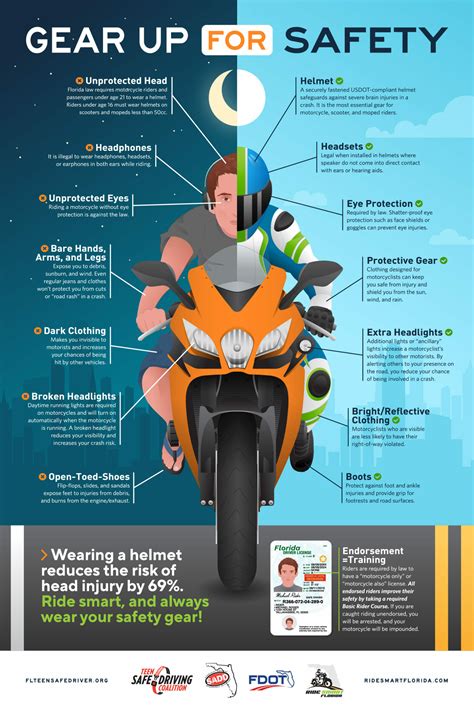Why Motorcycle Safety Matters: A Rider's Guide to Responsible Riding
Motorcycle riding offers unparalleled freedom and exhilaration, but it also carries significant risks. Understanding and prioritizing motorcycle safety isn't just about following the rules; it's about making informed decisions that protect your life and the lives of others. This comprehensive guide explores the critical aspects of motorcycle safety, addressing common concerns and offering practical advice for responsible riding.
Why is Motorcycle Safety Important?
The stark reality is that motorcycles offer less protection than cars. In a collision, riders are far more vulnerable to serious injury or death. Statistics consistently show that motorcyclists are disproportionately involved in fatal accidents compared to car drivers. This vulnerability underscores the critical importance of prioritizing safety in every aspect of riding. It’s not about fear, but about informed risk management.
What are the biggest dangers for motorcyclists?
Several factors contribute to the heightened risk for motorcyclists:
- Limited Protection: Lack of a protective shell exposes riders to the full impact of a collision.
- Road Hazards: Potholes, debris, gravel, and uneven surfaces pose significant dangers.
- Driver Error: Many accidents involve drivers failing to see motorcyclists, leading to collisions.
- Adverse Weather Conditions: Rain, snow, or ice drastically reduce traction and visibility.
- Motorcycle Malfunction: Mechanical failures can unexpectedly compromise control and stability.
What are the best ways to improve motorcycle safety?
Improving motorcycle safety is a multi-faceted approach encompassing rider skills, equipment, and responsible road behavior.
Rider Training and Skills:
- Formal Training: Professional motorcycle safety courses are invaluable. They teach crucial skills like braking, cornering, and hazard avoidance.
- Continuous Learning: Even experienced riders benefit from ongoing training and skill refinement.
- Defensive Riding: Anticipating potential hazards and reacting proactively is key to avoiding accidents. This includes being constantly aware of your surroundings and other vehicles' movements.
Protective Gear:
- Helmet: A properly fitted helmet is the single most important piece of safety equipment. It significantly reduces the risk of head injuries, the leading cause of motorcycle fatalities.
- Jacket and Pants: Protective riding gear, ideally made from abrasion-resistant materials like leather or textile with armor, can minimize injuries in a crash.
- Gloves and Boots: These protect your hands and feet from road rash and impact.
Motorcycle Maintenance:
- Regular Inspections: Regularly check your motorcycle's tires, brakes, lights, and other critical components. Ensure everything is in good working order.
- Professional Servicing: Schedule routine maintenance with a qualified mechanic to prevent mechanical failures.
Safe Riding Practices:
- Visibility: Wear bright clothing and use your headlight, even during the day, to increase visibility to other drivers.
- Speed Management: Ride at a safe speed appropriate for the conditions. Avoid speeding and aggressive riding.
- Avoid Distractions: Never ride under the influence of alcohol or drugs, and avoid using your phone while riding. Focus completely on the road.
- Lane Positioning: Position yourself where you are most visible to other drivers, often slightly to the left in your lane.
How can I stay safe while riding at night?
Night riding presents unique challenges. To enhance safety:
- Bright Headlights: Ensure your headlight is functioning optimally and consider additional lighting such as auxiliary lights.
- High-Visibility Gear: Wear reflective clothing and gear to improve visibility.
- Reduced Speed: Slow down and increase your following distance to allow for increased reaction time.
What should I do if I'm involved in a motorcycle accident?
In the event of an accident:
- Seek Medical Attention: Prioritize your health and well-being. Get medical help immediately, even if you feel fine.
- Contact Emergency Services: Call 911 or your local emergency number.
- Document the Scene: If possible and safe, take photos or videos of the accident scene, including damage to the motorcycle and vehicles involved. Gather contact information from witnesses.
Motorcycle safety is a shared responsibility. By prioritizing safe riding practices, wearing appropriate protective gear, and maintaining your motorcycle, you significantly reduce your risk and contribute to a safer riding environment for everyone. Remember, the freedom of the open road is best enjoyed when safety is paramount.

